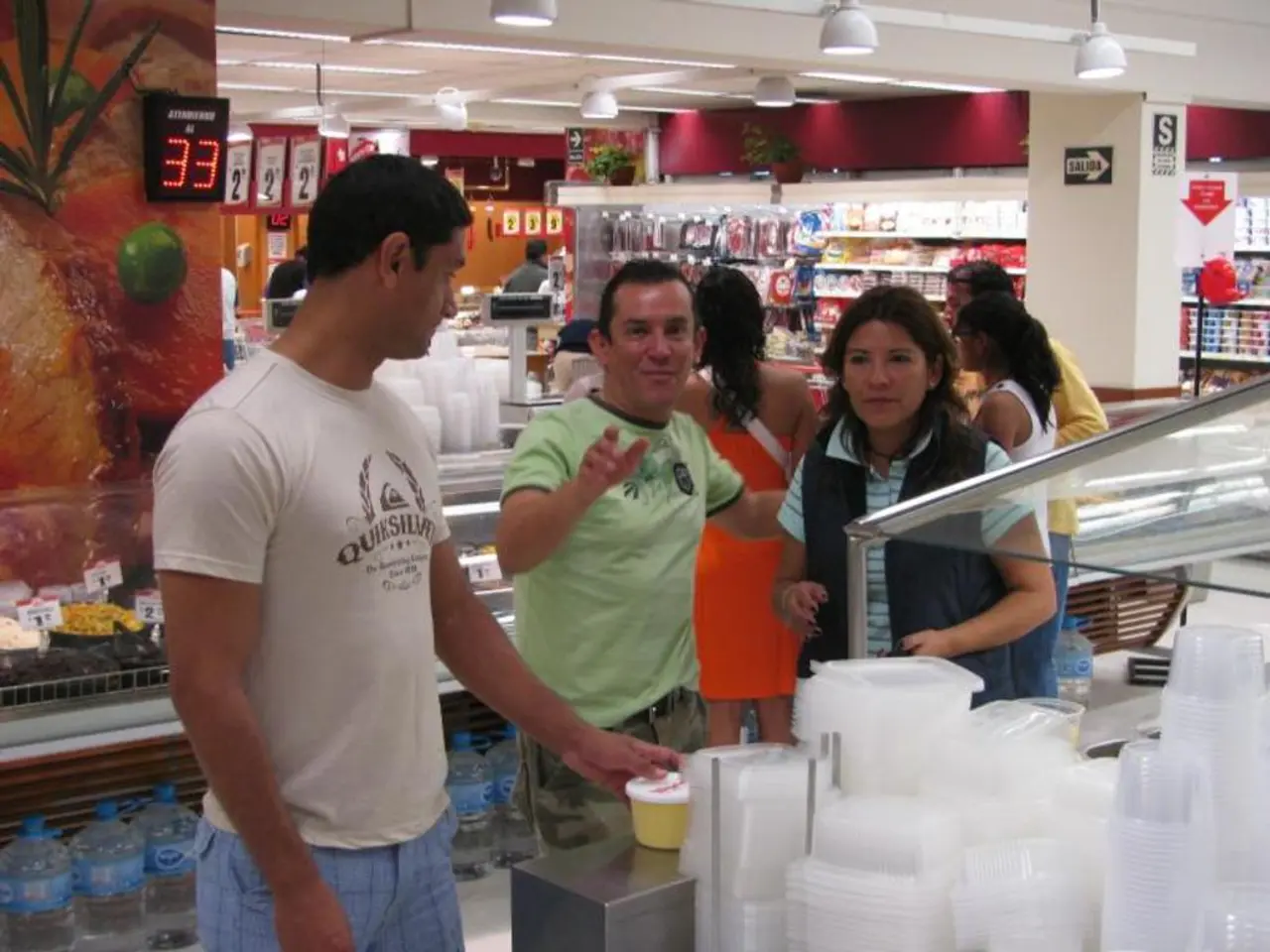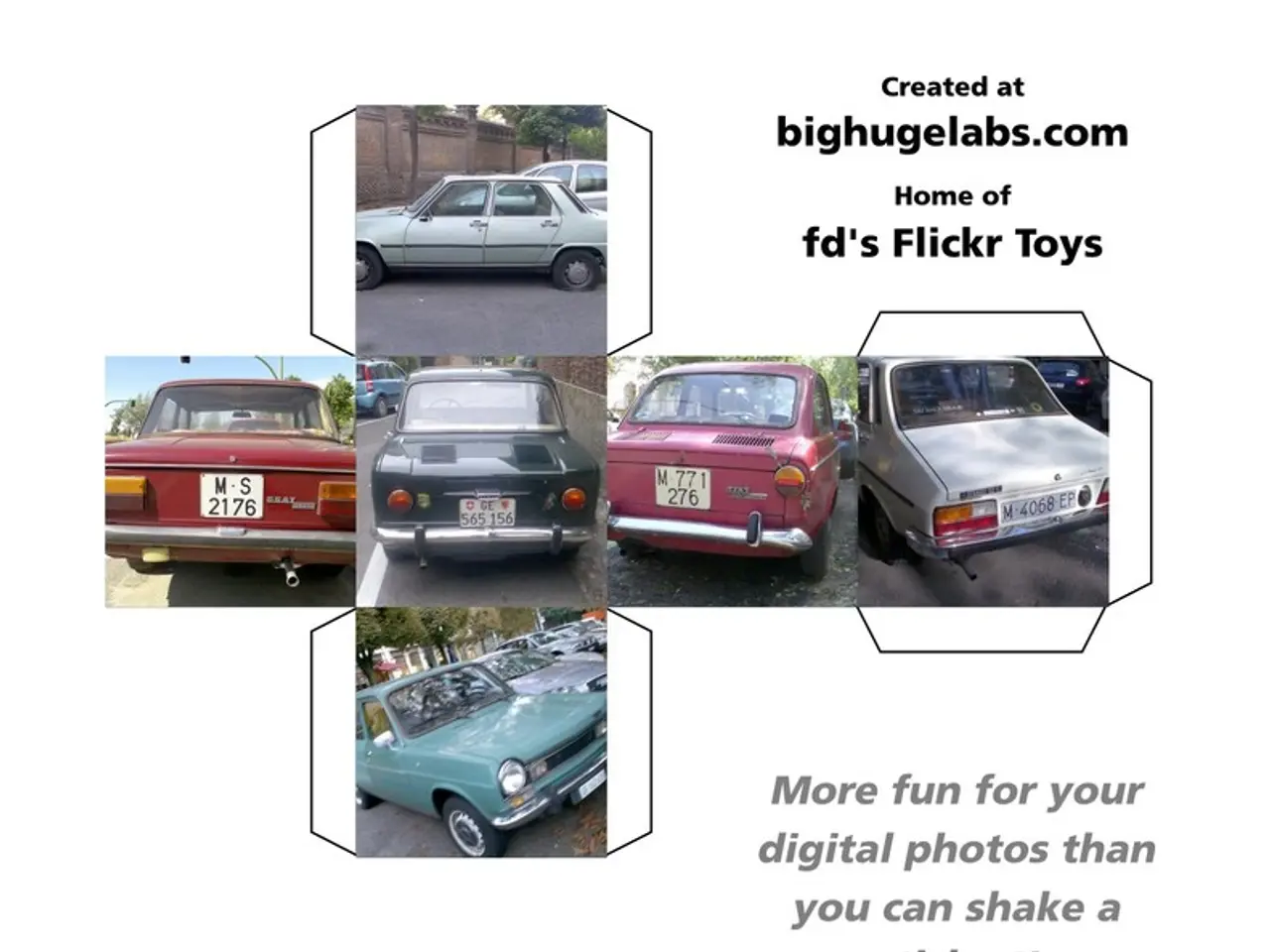"Food Shopping in a Virtual Environment: A Peek into the Future of Grocery Shopping"
In the ever-evolving world of retail, virtual reality (VR) technology is making a significant impact, particularly in the grocery sector. This innovative technology is transforming the shopping experience, offering a level of convenience that traditional stores cannot match.
The foundation of VR grocery shopping lies in a combination of hardware, such as head-mounted displays, and software applications, with Unity being one of the most popular platforms for developing VR shopping applications. The most popular VR headsets on the market include Oculus Quest, HTC Vive, and PlayStation VR.
VR grocery shopping provides users with a realistic shopping experience that simulates shopping in a real store. Retailers are looking to provide a seamless and intuitive shopping experience with virtual reality. Virtual store walkthroughs allow customers to navigate a digital twin of the grocery store from home, while virtual product testing allows customers to try products in a simulated environment.
Beyond layout and training, the integration of VR with augmented reality (AR) offers the potential for a fully immersive and personalized grocery shopping journey. This technology allows customers to interact virtually with products from anywhere, without geographical or time constraints.
AI and computer vision complement VR by enabling real-time inventory management and smart shelving to ensure product availability. These technologies aim to lower return rates by enabling customers to virtually "try" or assess products, fine-tune assortments based on predictive analytics, and automate merchandising decisions.
Looking forward, the synergy of VR with AI and AR is expected to create smart, always-open virtual grocery environments that enhance customer engagement, reduce operational costs, and provide convenience surpassing traditional stores. However, as of mid-2025, full-scale consumer adoption of virtual reality grocery shopping still appears to be emerging and experimental, focused more on enhancing the physical store experience and back-end operations rather than widespread VR grocery shopping as a standalone channel.
In conclusion, VR grocery shopping technology today drives store planning and immersive previews, while its future potential lies in creating immersive, personalized, and “always-on” virtual grocery stores integrated with AI to optimize both shopper experience and retail operations. As more retailers invest in this technology and consumers become more familiar with it, the adoption of VR in grocery shopping is expected to increase in the coming years.
The VR shopping applications developed on Unity platform, such as those for grocery shopping, use hardware like head-mounted displays and software to offer a lifestyle that seamlessly integrates technology into shopping experiences, surpassing the convenience of traditional stores. As retailers continue to explore the potential of VR, they are anticipating the integration of AR technology to further immerse customers in a personalized and always-on virtual grocery shopping journey.




